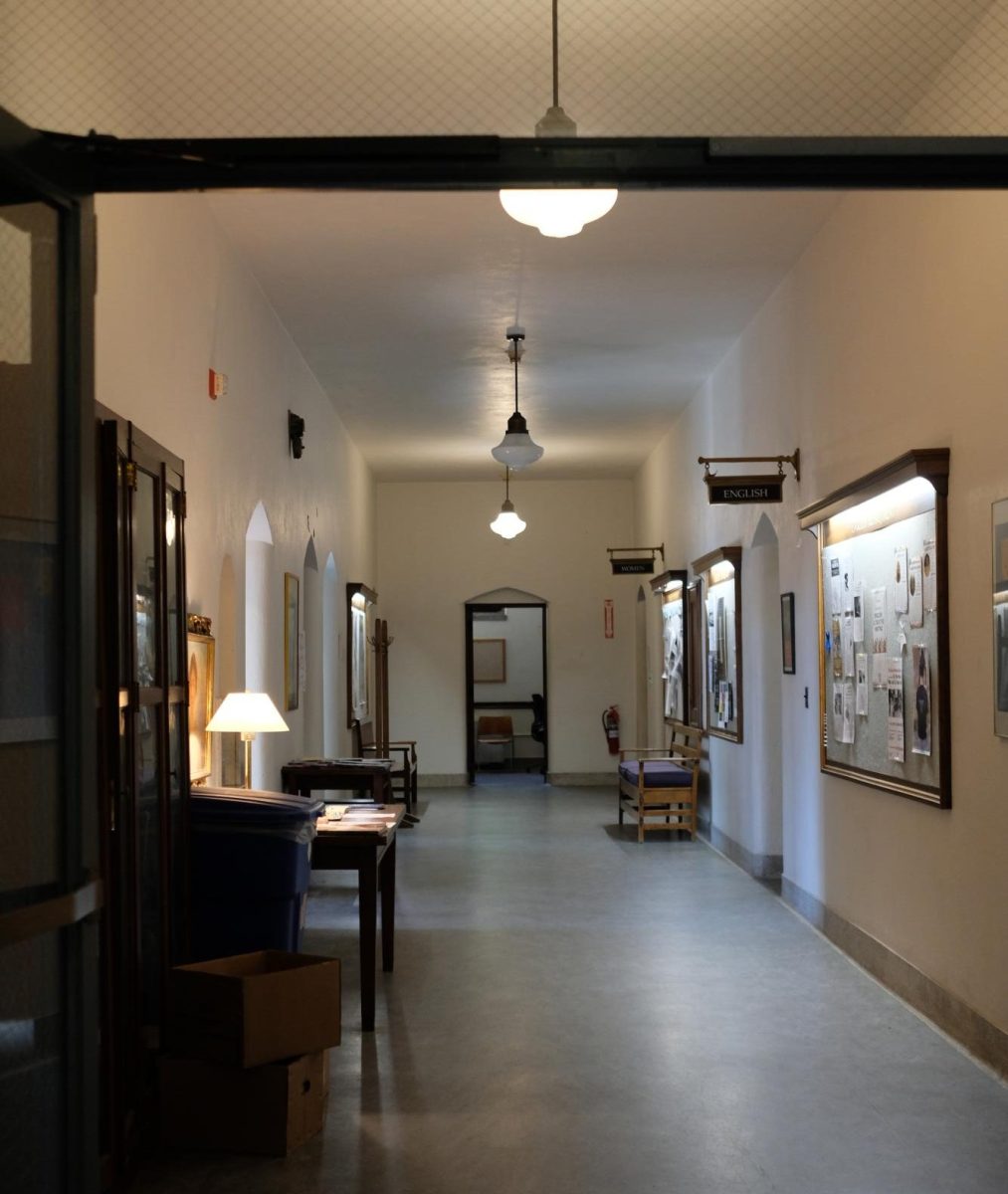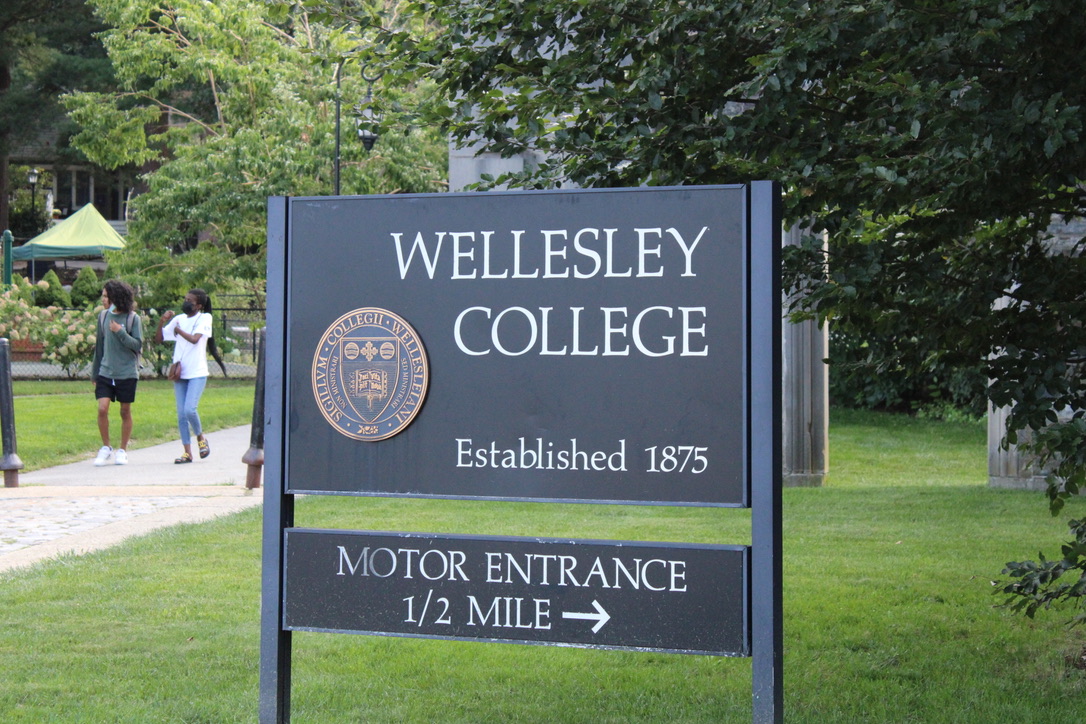The week of Feb. 15, Texas was hit with one of the worst winter storms the state has ever experienced. This storm brought freezing temperatures and several inches of snow, with much of the state experiencing sub-zero temperatures for the first time in over 30 years.
This winter weather came as a shock to most Texans, as the cold front moved in quickly and without much warning. This shock wore off quickly though, as the effects of the storm began to take hold. Texas infrastructure was ill-prepared for many of the effects of winter weather, and without a supply of snowplows or rock salt, the roads soon froze over, leaving many Texans stranded in their homes with no way out.
“No one here knows how to drive in snow, and not only do they not know how, our roads are simply not built for it,” Isa Martinez ’24 said. “For the longest time, there was just straight up three inches of ice on the road.”
The roads were not the only issue, though. In 1935, President Roosevelt signed the Federal Power Act, which allowed Texas to avoid federal regulation and oversight by keeping their utilities from crossing state lines. Texas officials isolated the state’s power grid from the two major national power grids, and the Texas Interconnection power grid was created. This meant that in modern times, the power grid in Texas did not have to meet the same winterization standards as the grids under federal regulation. The power plants, gas lines and generators in Texas were not built with the proper materials or insulation to withstand the cold temperatures brought about by the storm. This proved to be a serious problem, as the storm and freezing temperatures caused power outages for over 4.5 million Texan residents.
Alexandra Brooks ’23 was frustrated by this situation. She explained that because of the cost associated with winterizing the grid, the Electric Reliability Council of Texas (ERCOT) voted against winterization.
“They only had to meet Texas regulations,” Brooks said. “Our power grid should have to meet the standards that the Eastern and Western power grids meet in terms of winterization.”
On top of a loss of power, millions of Texans also had to find ways to stay warm in houses that were built to reflect heat. Most homes in Texas are built without much insulation in order to combat the sweltering heat in the summer months, and the glass used in windows and skylights is manufactured to reflect as much sunlight as possible. Without any insulation, homes were left freezing, and thousands of Texans had their pipes freeze or burst, cutting off their access to water.
Angela Douglass ’24 is from Houston, but she had just moved back onto campus for the spring semester when the storm hit.
“I remember my mom picking up the phone and calling me, and I picked up the phone thinking she was checking in or something, and she was crying saying, ‘We don’t have water, and I don’t know what we’re gonna do,’” Douglass said.
For many Wellesley students, the storm also created a very challenging first week of classes for the spring semester. Many students in Texas either lost power or were experiencing rolling blackouts for the week, making attending Zoom classes very difficult. Some students reported having to use Wi-Fi hotspots from their phones to attend their classes, while others were not able to attend class at all.
“It was very difficult, and I imagined my first week of classes to go very differently,” Ashley Luna ’24 said. “I never imagined for them to happen during a winter storm or power outage. I was able to go to one of my classes, but not the second class because I didn’t have power. I was more worried about my siblings and my family and how we would keep warm without electricity and without running water.”
For students on campus with family or friends in Texas, focusing on class was also very difficult. Cynthia Gomez ’24 was on campus during the storm, but described feeling on-edge for the whole week as she worried about the well-being of her parents at home in Houston.
“I couldn’t really talk to them when the electricity went out,” she said. “Since I couldn’t really talk to them, I kind of depended on the community Facebook group that we have to see what they were posting and how they were doing.”
Many Texans are now focused on recovery. Due to the enormous amount of home damage that so many people sustained, wait times of upwards of a month for plumbers or renovators are common. While most Texas residents now have their power back on, the damage caused by frozen or burst pipes will not be so easily fixed.
Along with the physical damage to their homes and communities, many Texans have also been struggling to deal with the loss of friends, family and neighbors who died in the storm. While the death toll has not been finalized, around 80 deaths have currently been attributed to the storm, according to the Associated Press.
Brooks had some strong feelings about the reaction from many non-Texans towards the tragedy.
“I saw this frequently, and I saw this from a few Wellesley students,” Brooks said. “It was some sentiment along the lines of ‘Oh, well this is what you voted for,’ and that is so incredibly frustrating because a lot of us didn’t vote for this. I didn’t vote for this.”
Brooks stressed the importance of empathy in the aftermath of the storm, especially with many Wellesley students having been affected by the event.
“Even if I don’t agree with somebody politically, they deserve heat and running water,” Brooks said.






